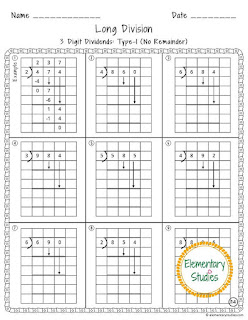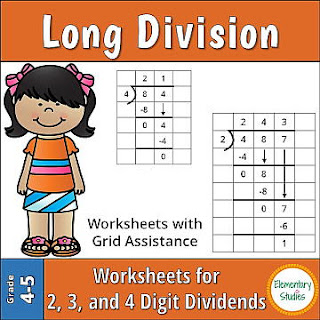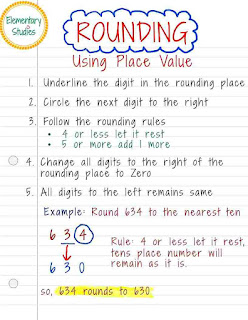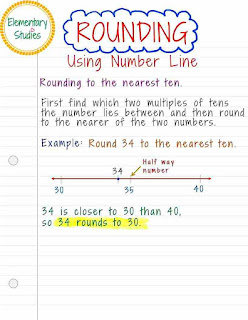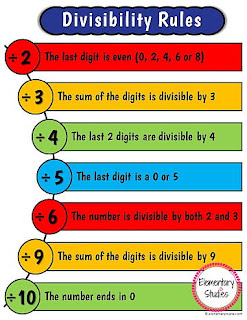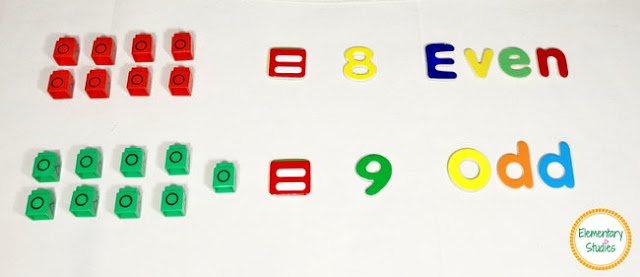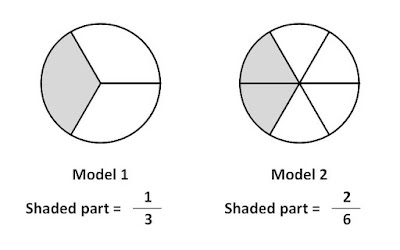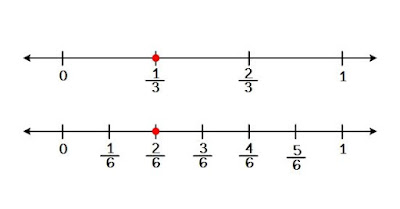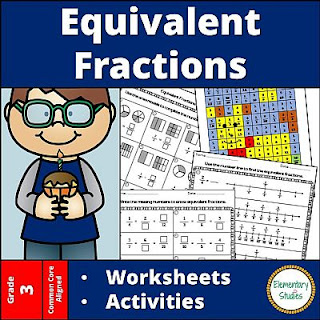While teaching equivalent fractions, the very first question that I always ask my students is: What does equivalent means? The answer comes “Equal”.
Yes, Equivalent means Equal in Value or Amount.
Two or more fractions are said to be Equivalent if they represent the same part of a whole.
Example:
These two models are of the same size and both shows the equal shaded parts of a whole. So,
\begin{equation}\frac{1}{3}\textrm{ is equivalent to }\frac{2}{6}\end{equation}
Another way of showing equivalent fractions is using the number line. Lets look at the same example:
These two red dots are on the same point on the number line and represents the equivalent fraction.
\begin{equation}\frac{1}{3}\textrm{ is equivalent to }\frac{2}{6}\end{equation}
Finding Equivalent fractions
Every fraction has many equivalent fractions. You can find these by using multiplication or division.
Multiplication: Multiply the numerator and denominator by the same number. For example:
\begin{equation}\frac{1}{3} \times \frac{2}{2}=\frac{2}{6}\end{equation}
\begin{equation}\frac{1}{3}\textrm{ is equivalent to }\frac{2}{6}\end{equation}
Division: Divide the numerator and denominator by the same number. For example:
\begin{equation}\frac{5}{10} \div \frac{5}{5}=\frac{1}{2}\end{equation}
\begin{equation}\frac{5}{10}\textrm{ is equivalent to }\frac{1}{2}\end{equation}
Here is my
Equivalent Fractions worksheet and activity pack to introduce, reinforce and practice the concept. This packet is designed primarily for third graders, but can also be used as a review for fourth graders.
This includes the following worksheets and activities on equivalent fractions:
- Use the fraction area models to complete the number sentence.
- Use the number line to find the equivalent fractions
- Find the equivalent fractions without the use of models
- Equivalent Fractions Ice cream scoop activity
- Cut and paste activity
- Make Equivalent Fractions Paper Chain
- Equivalent Fractions Mystery Pictures
A total of 15 worksheets and activities plus the answer key.
Happy Teaching!
Shimps


